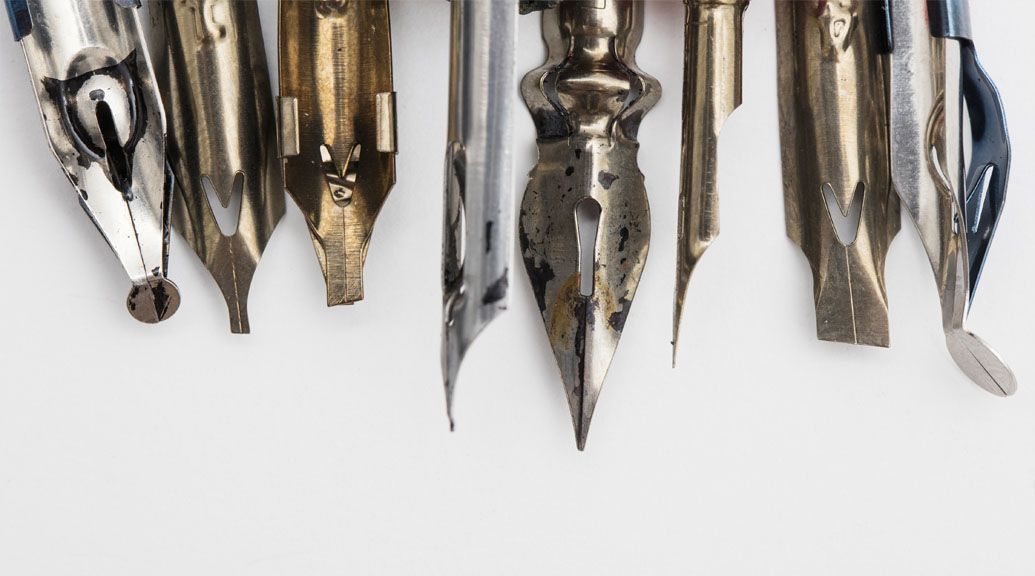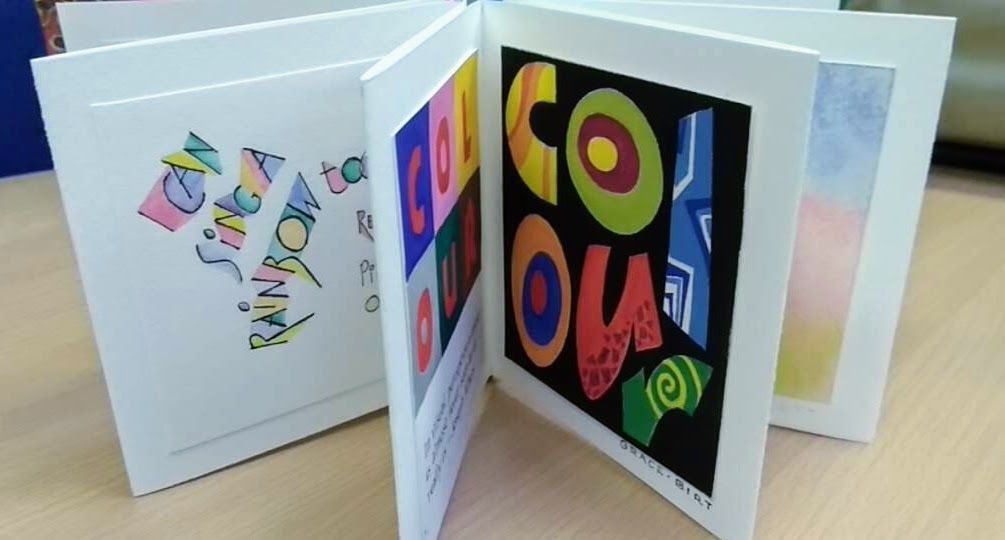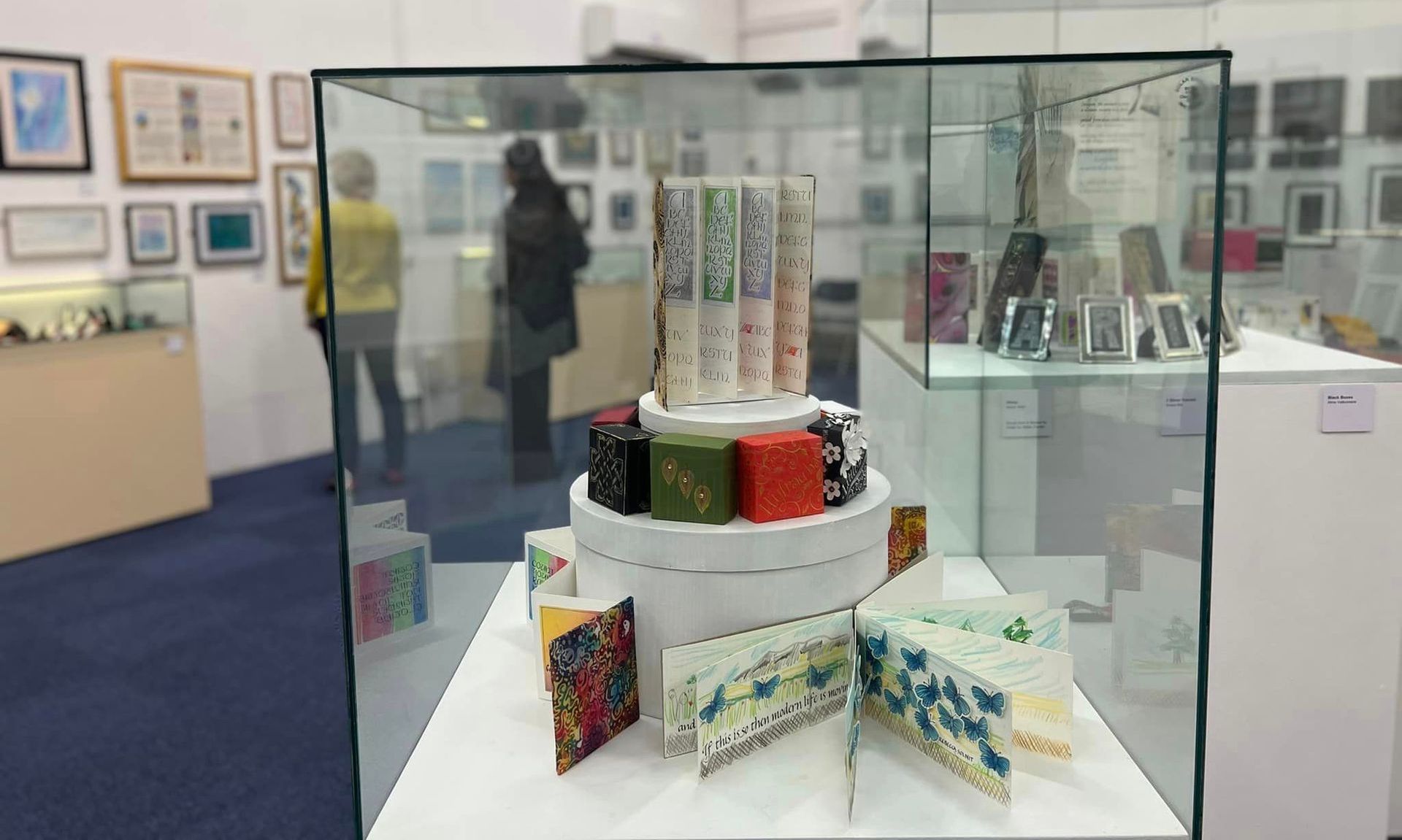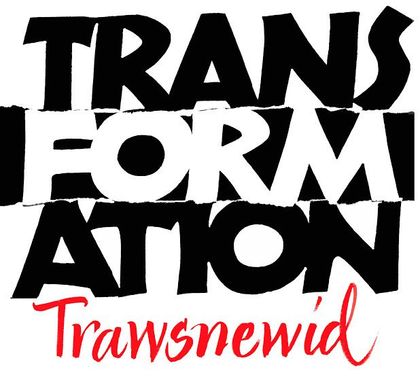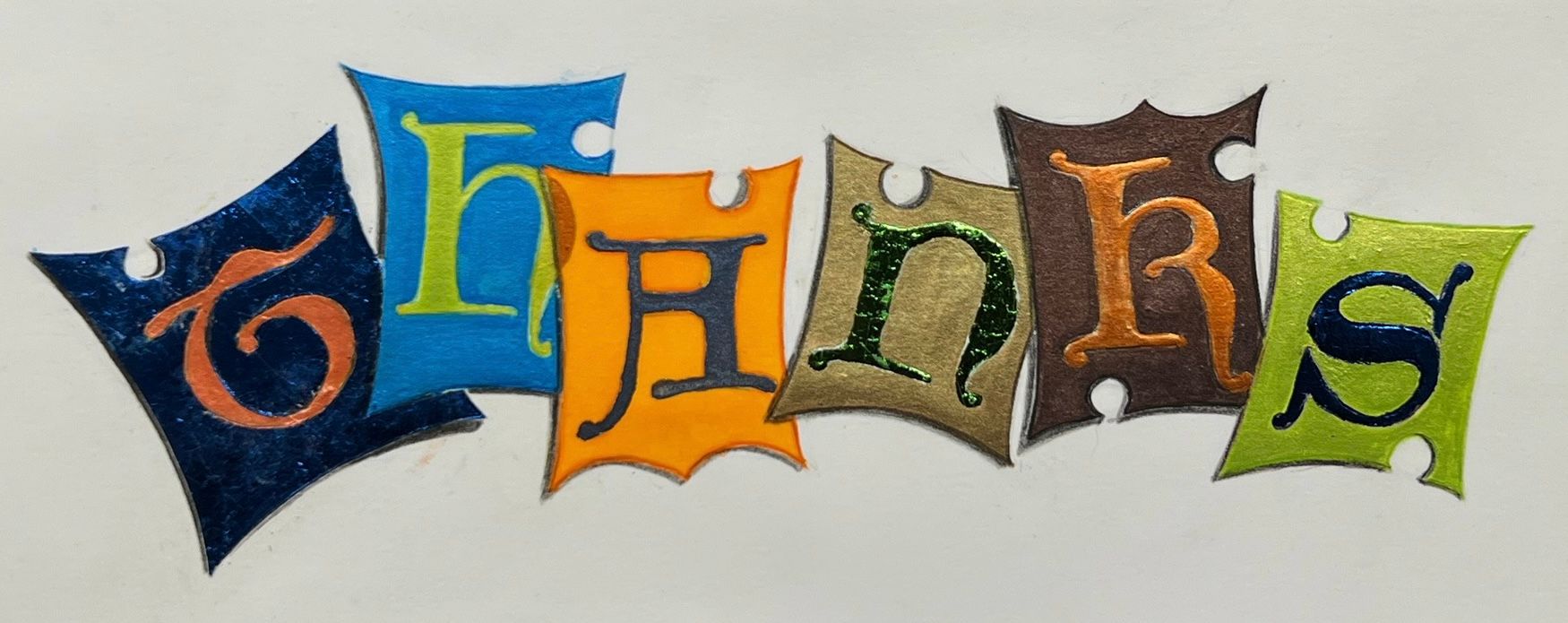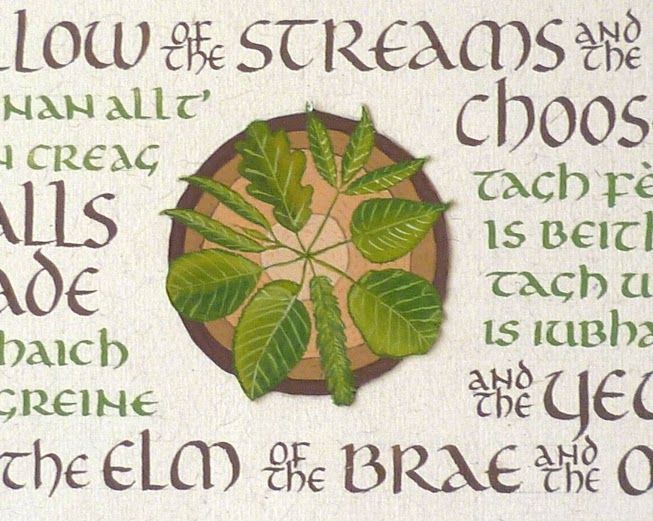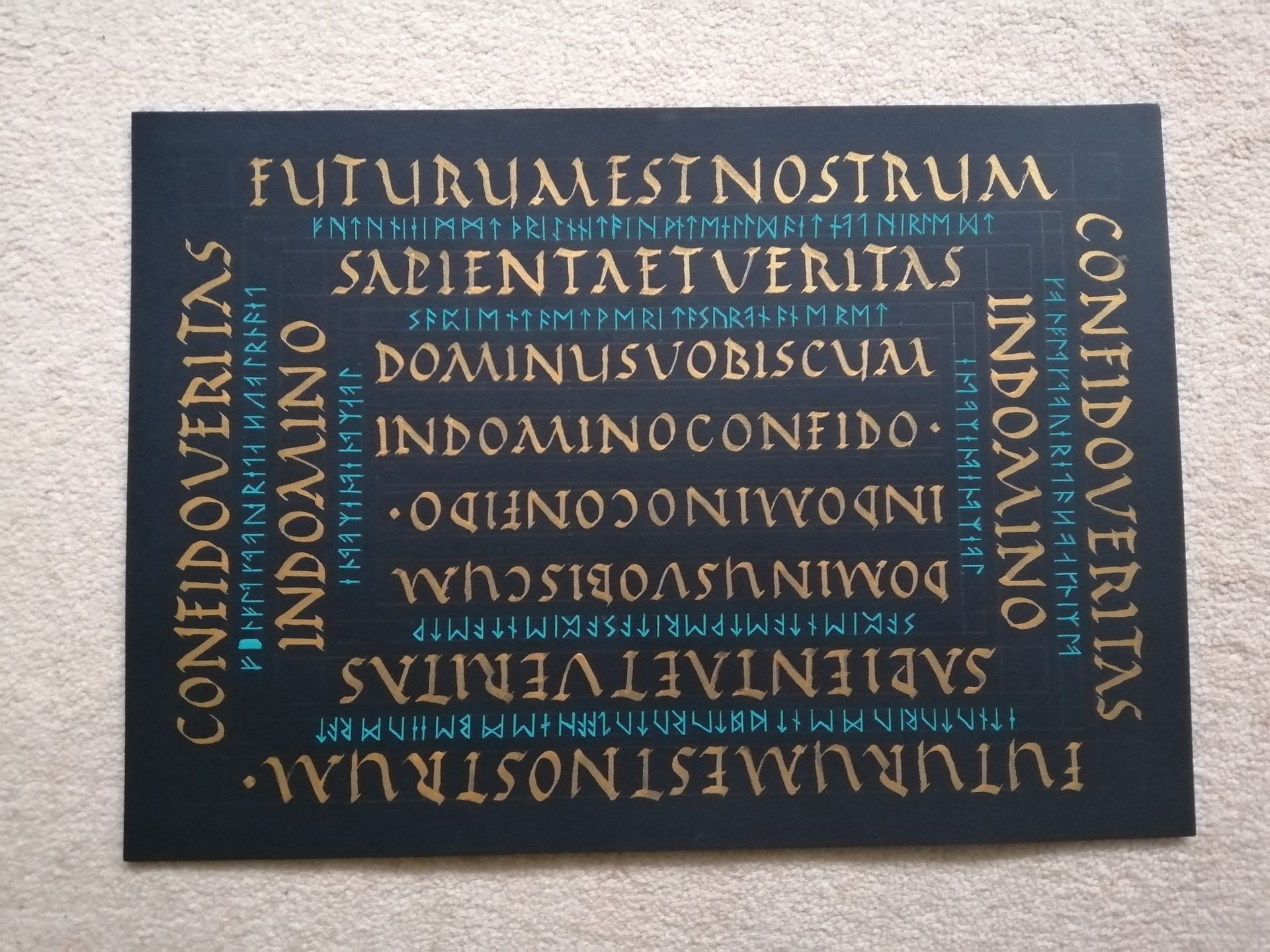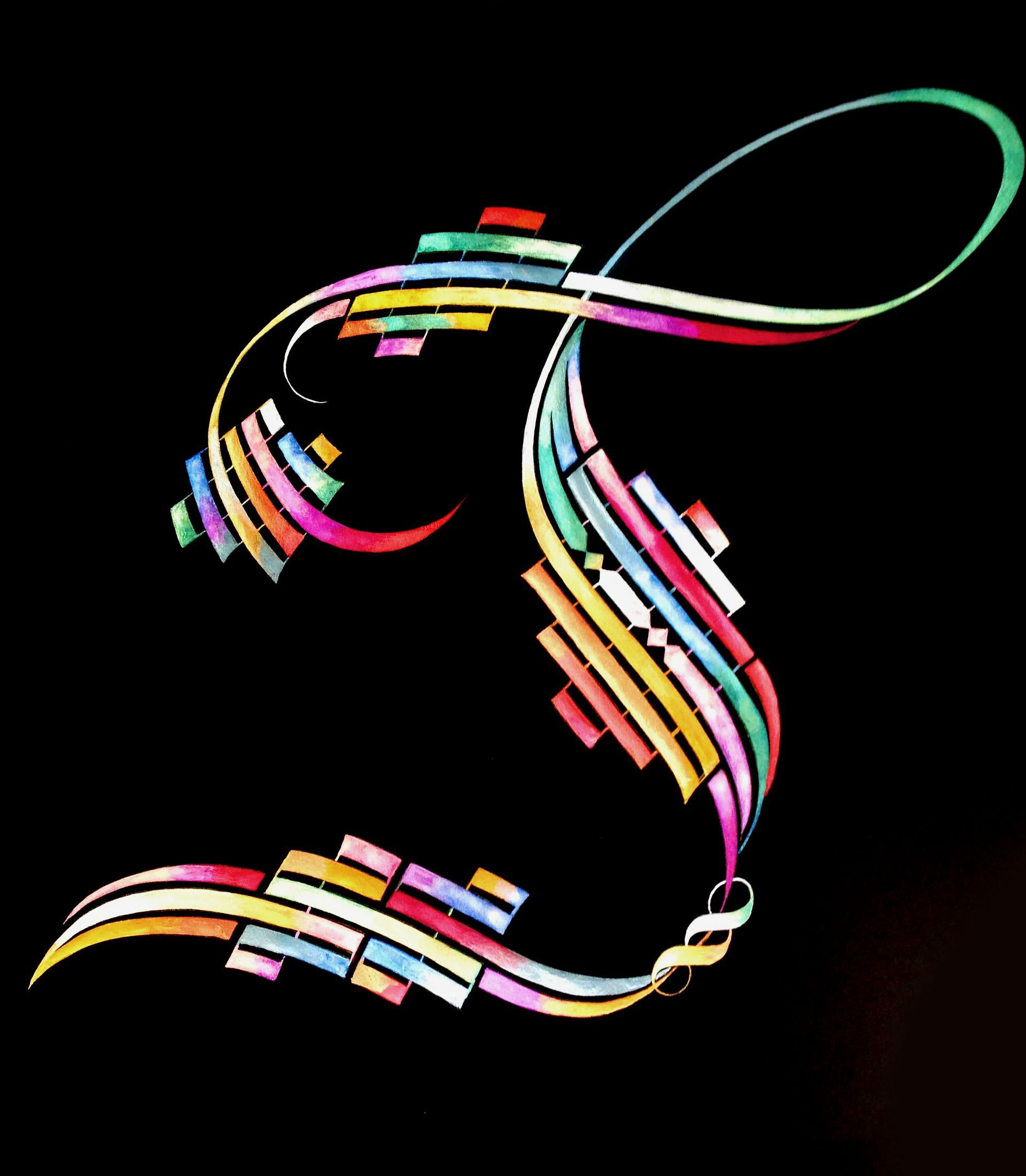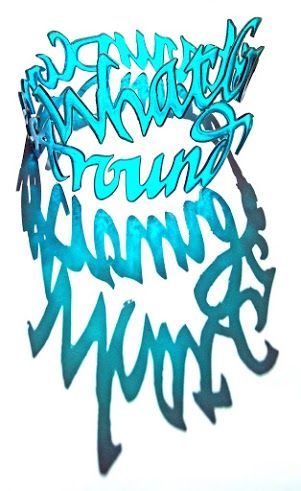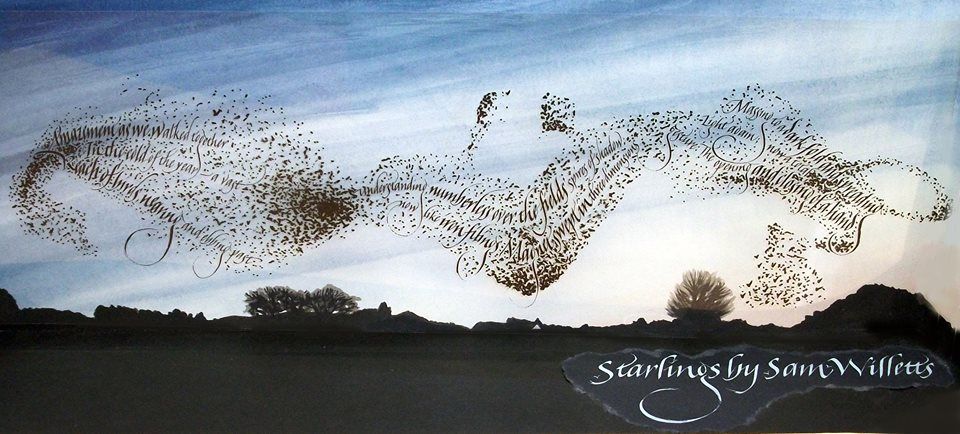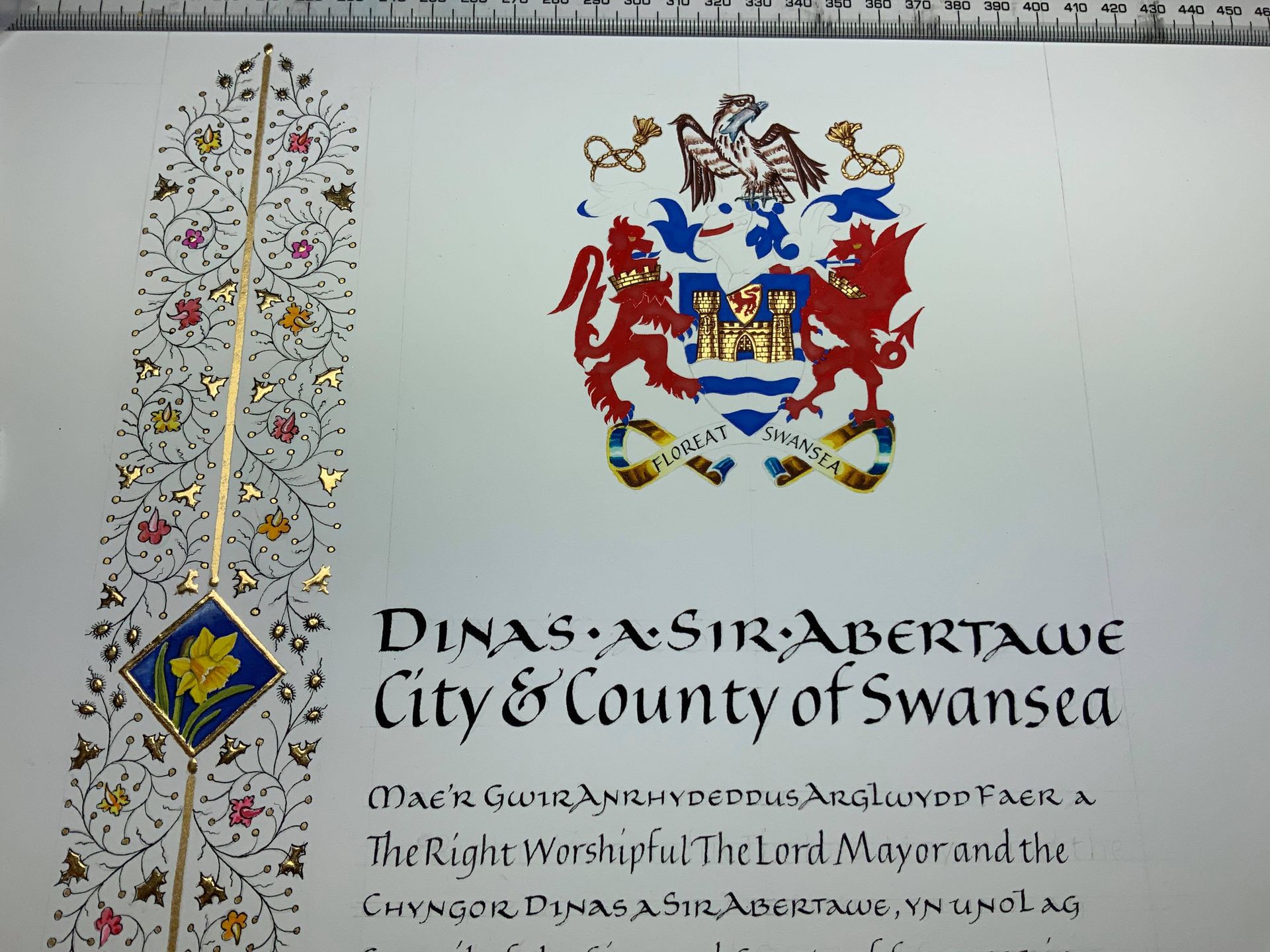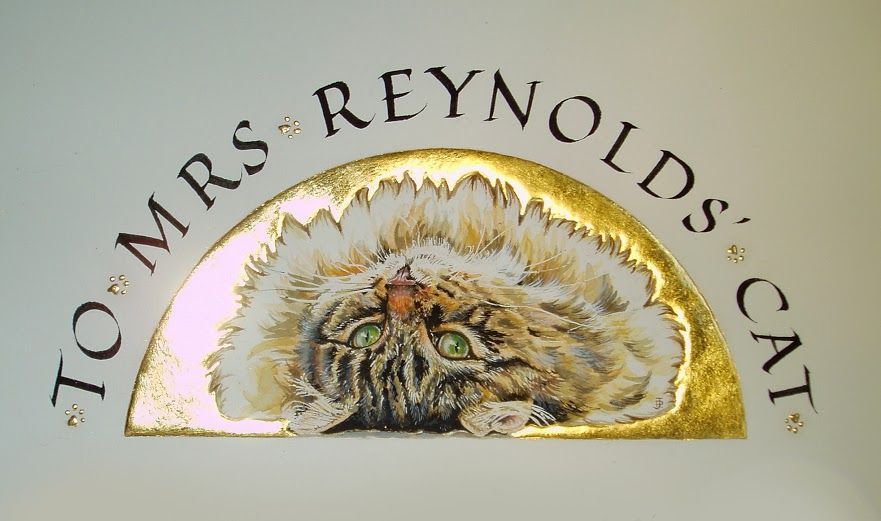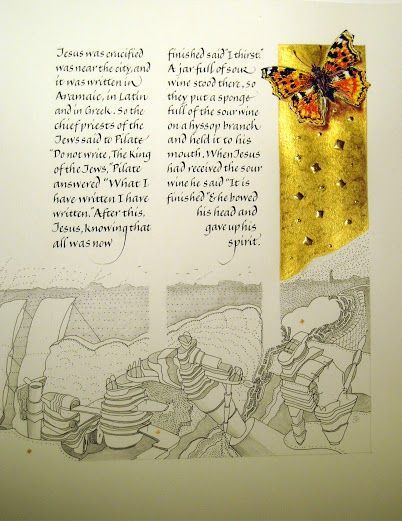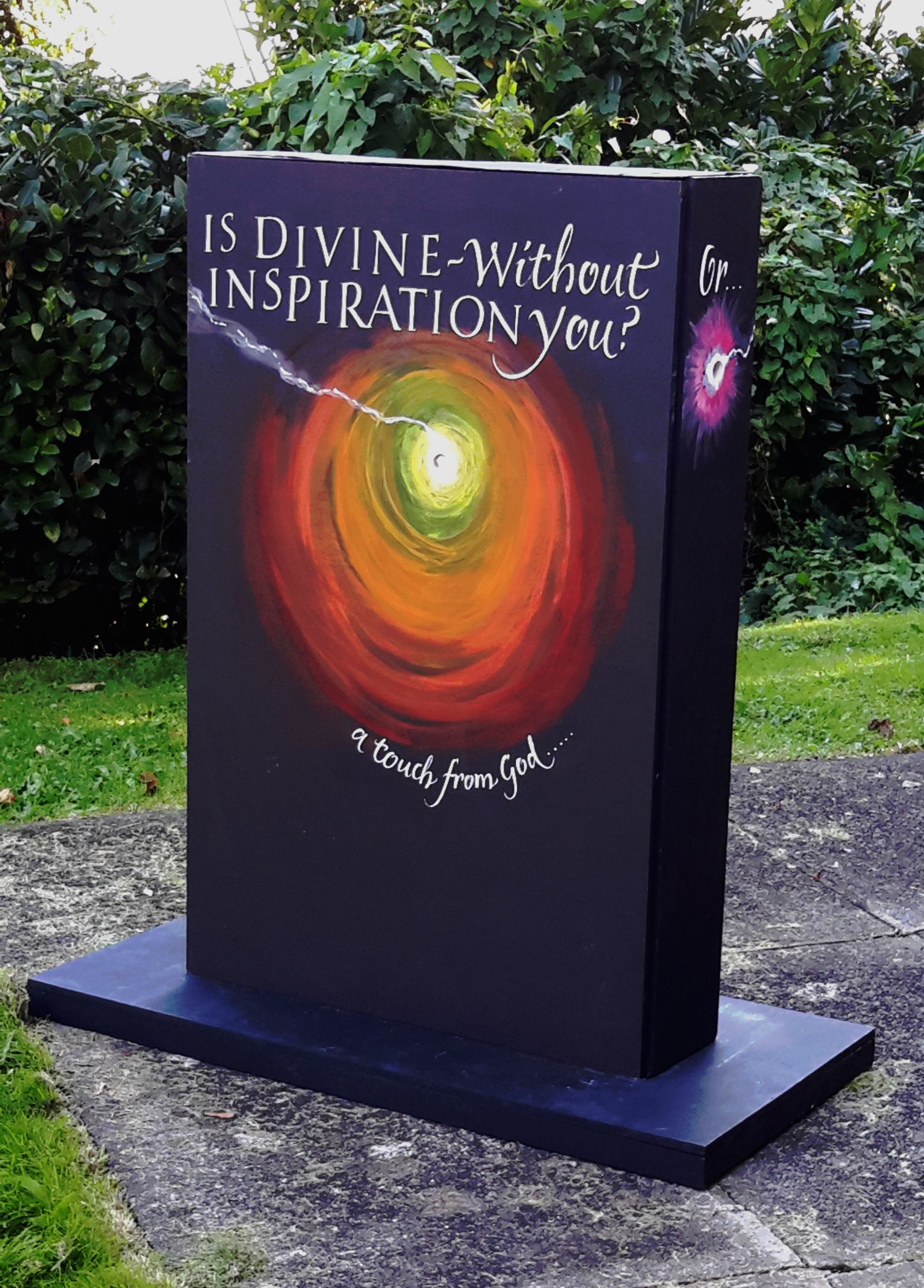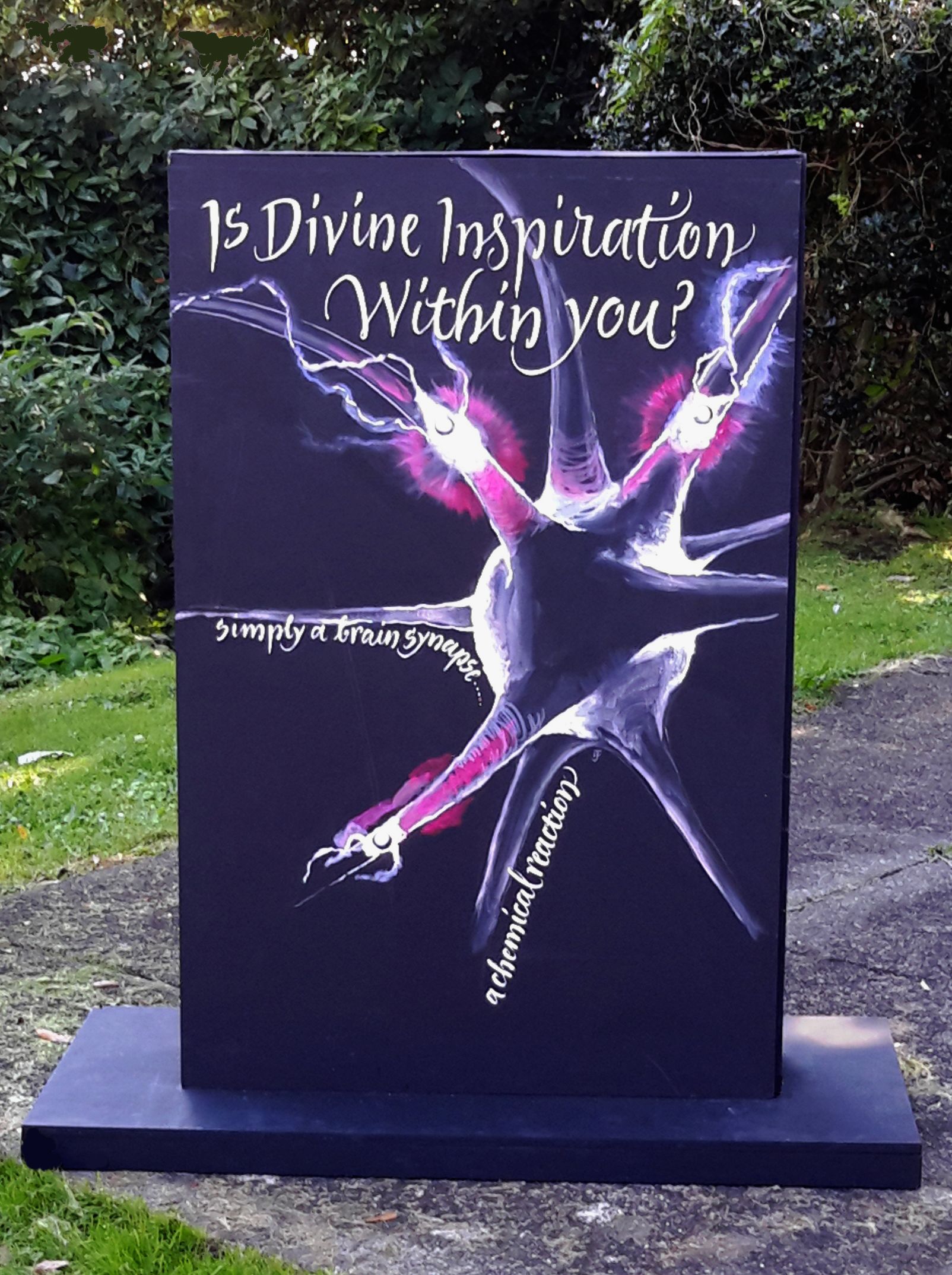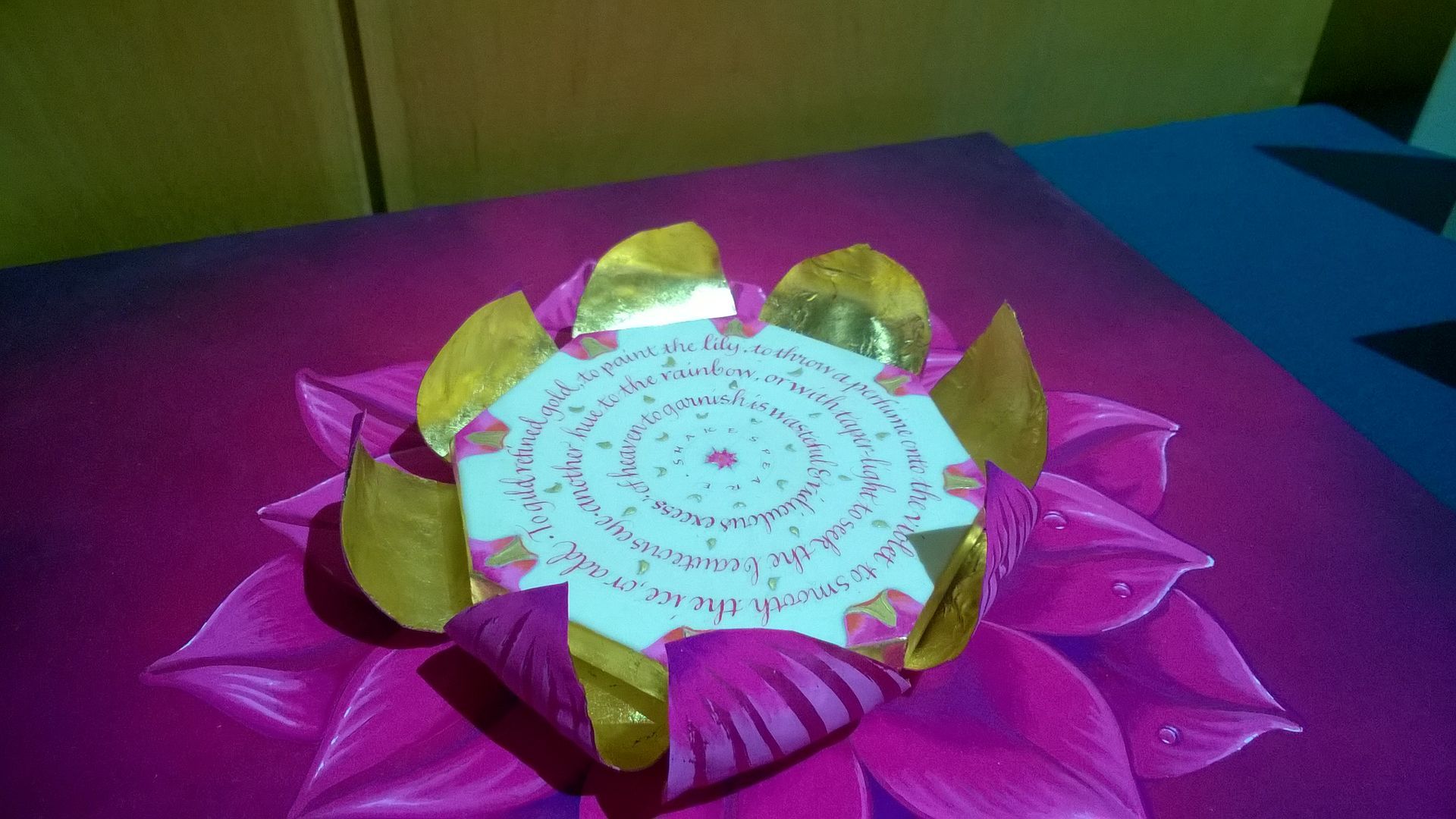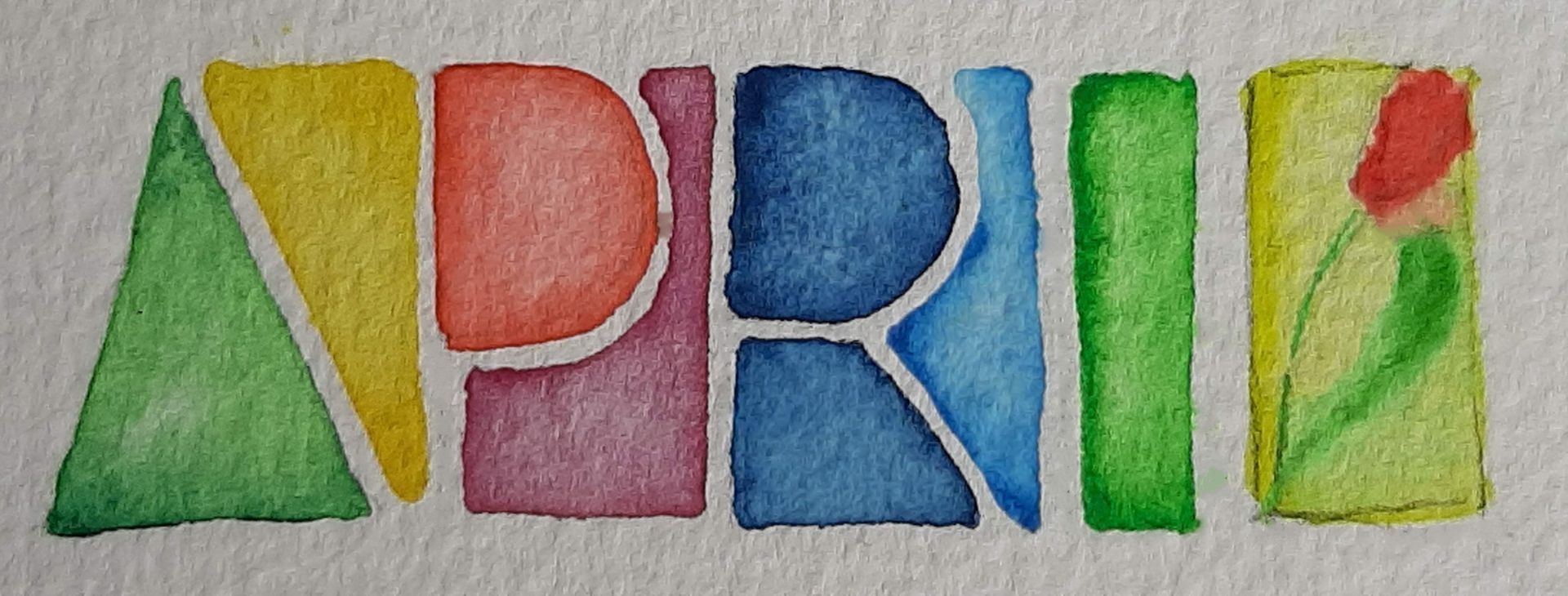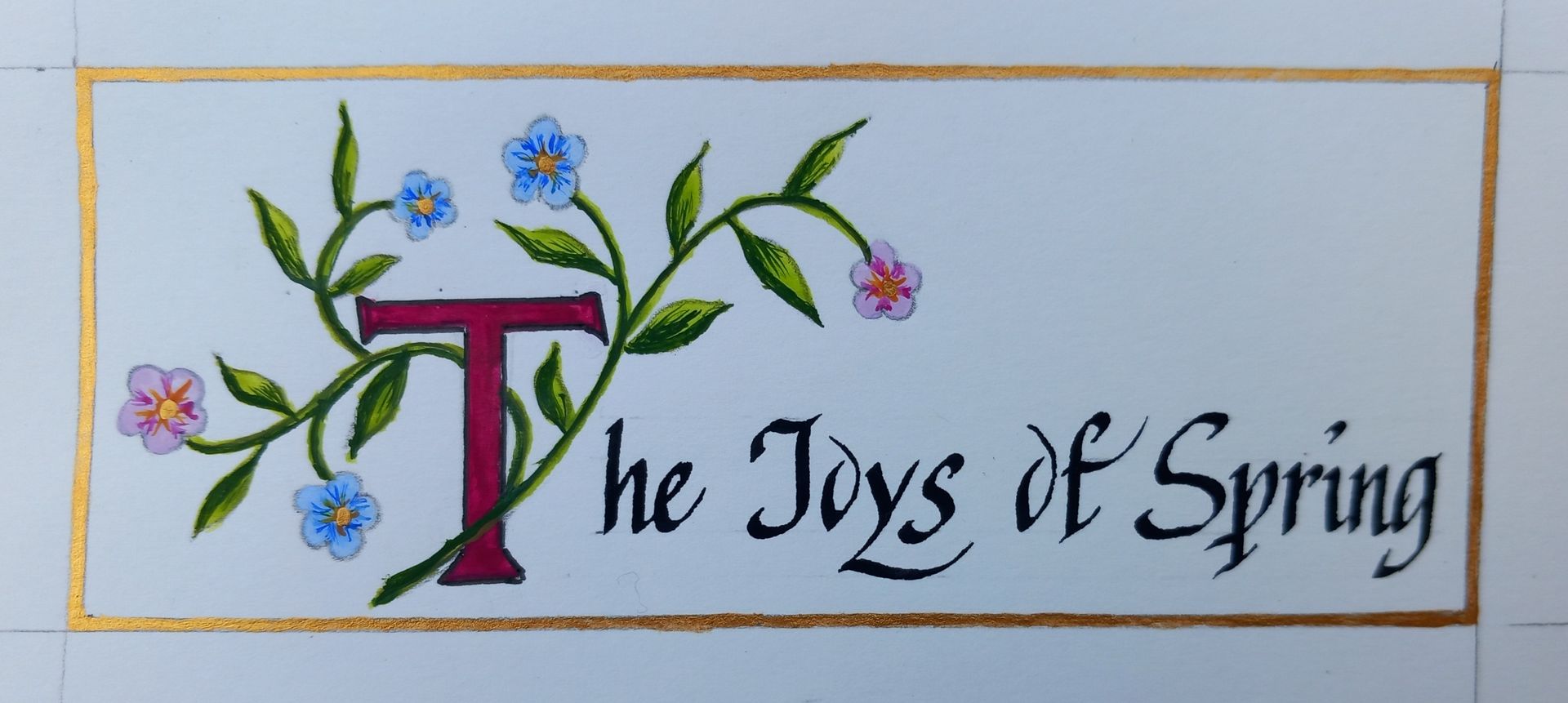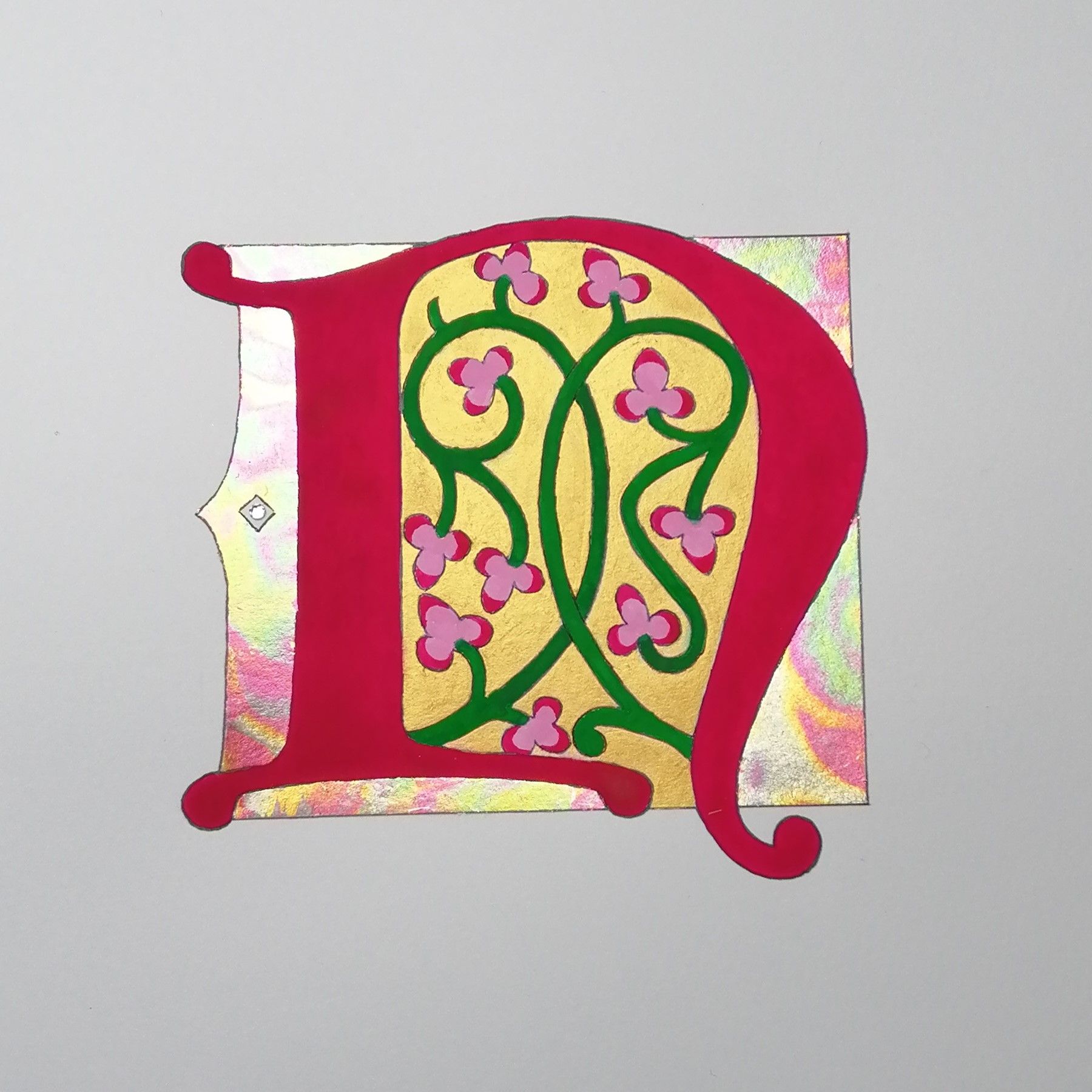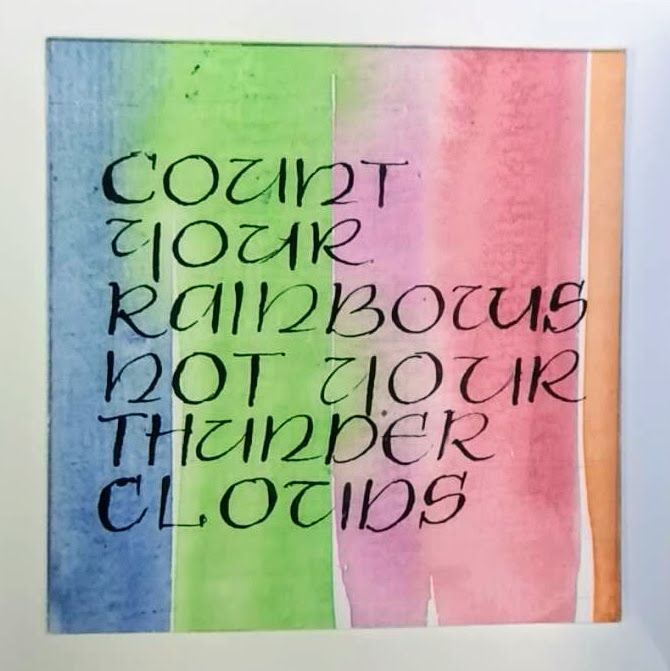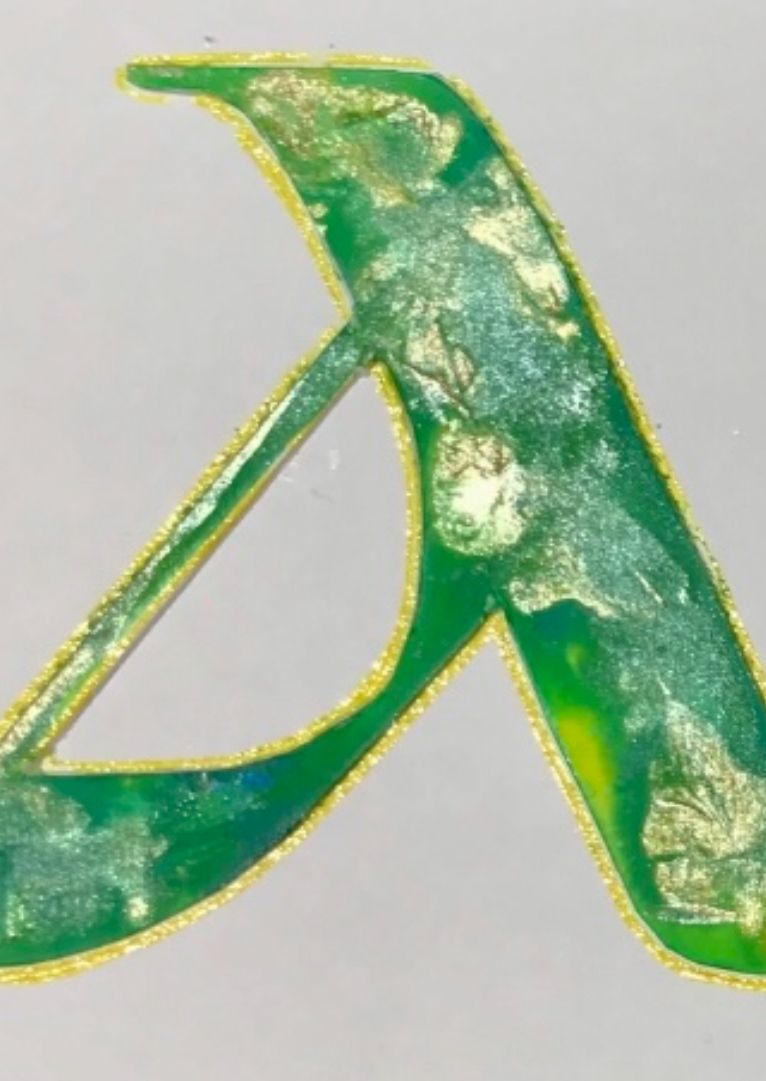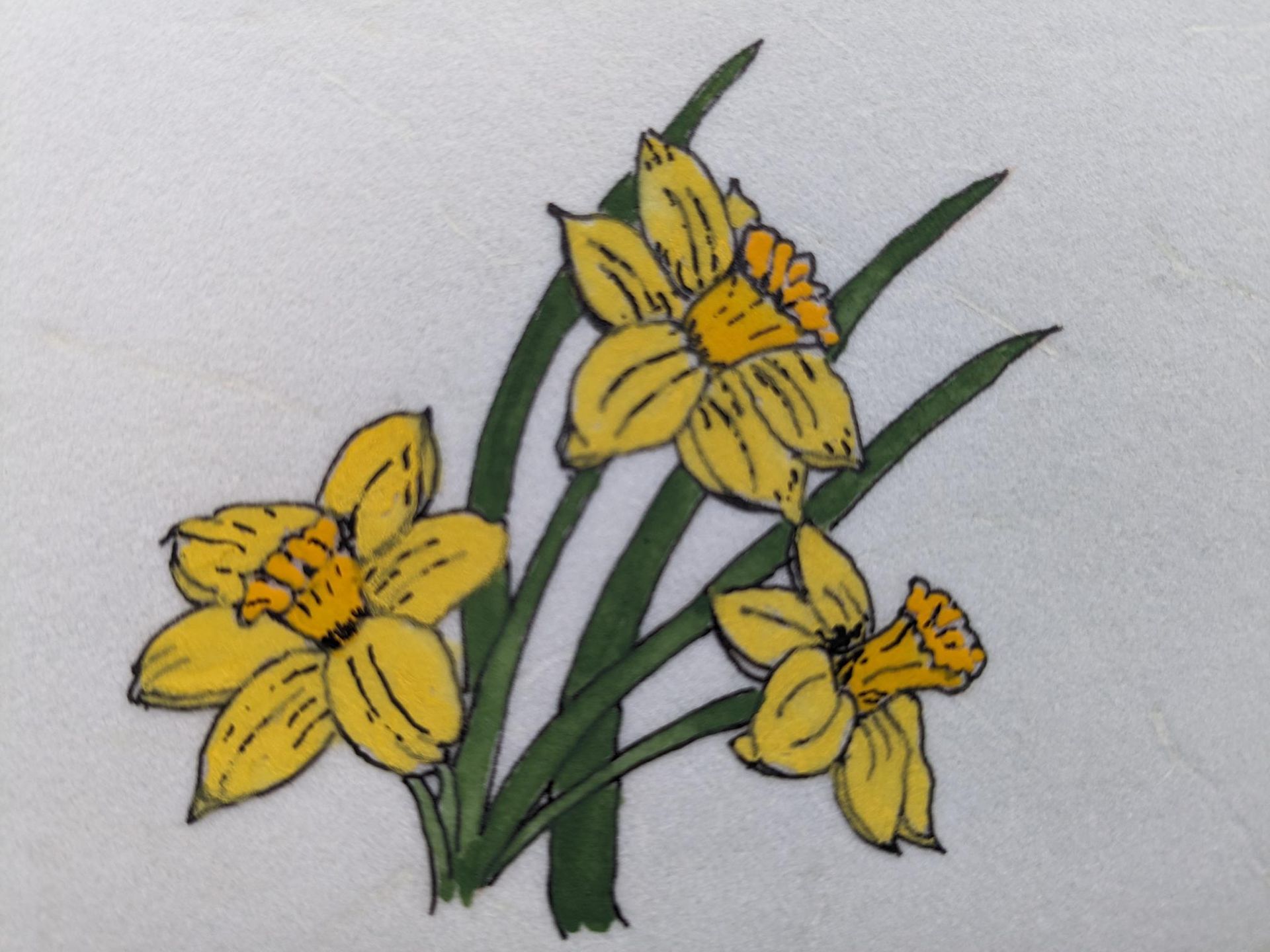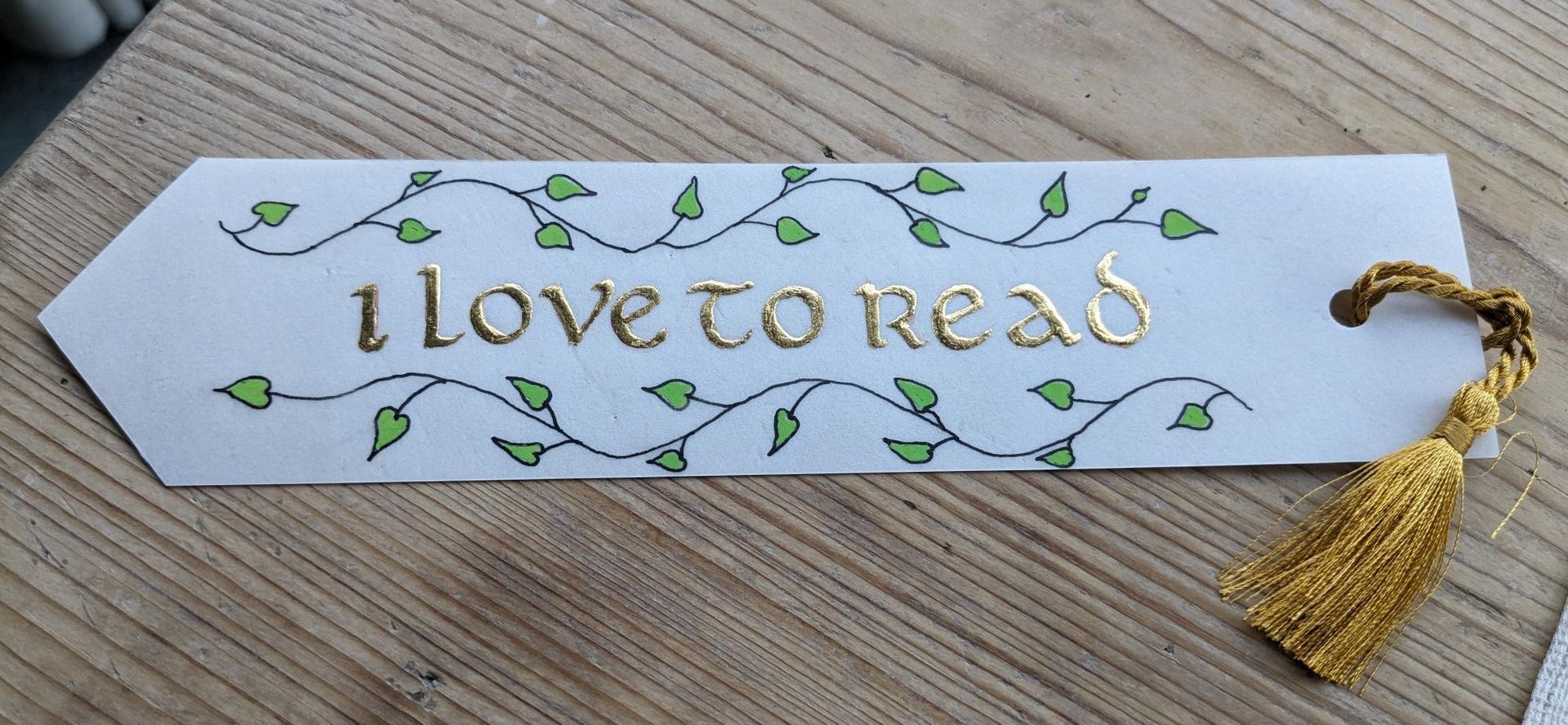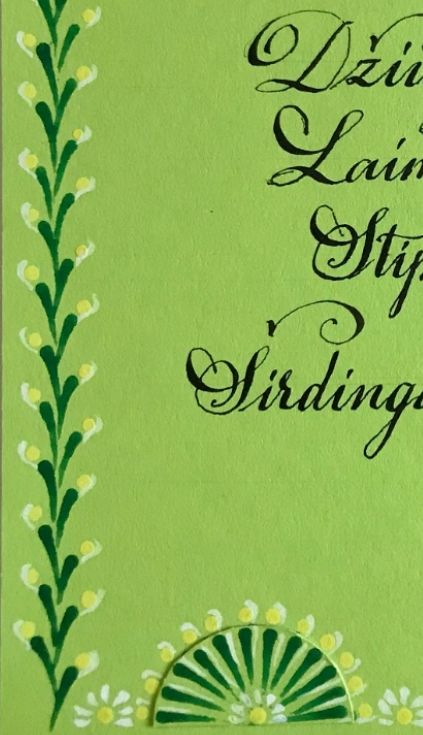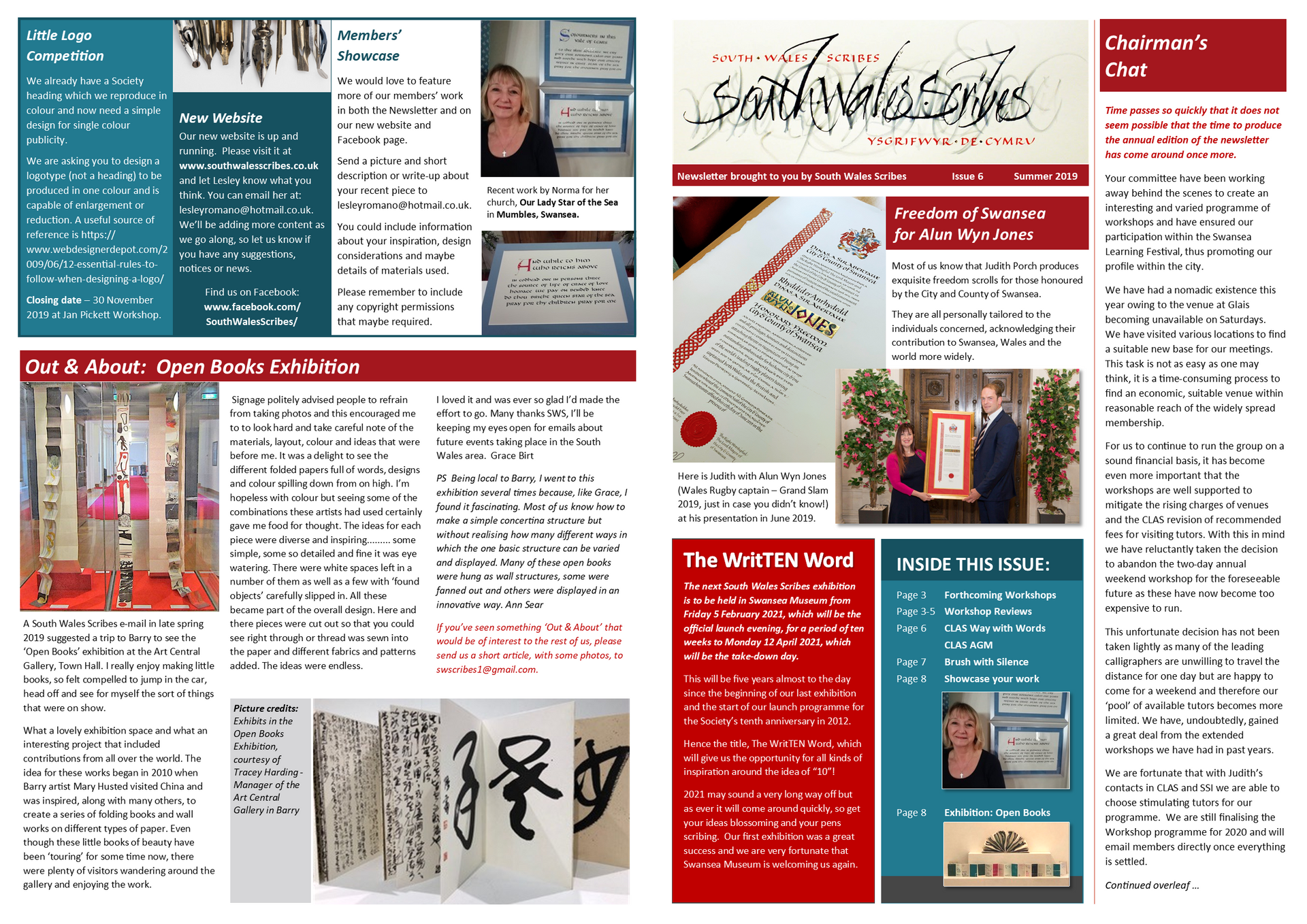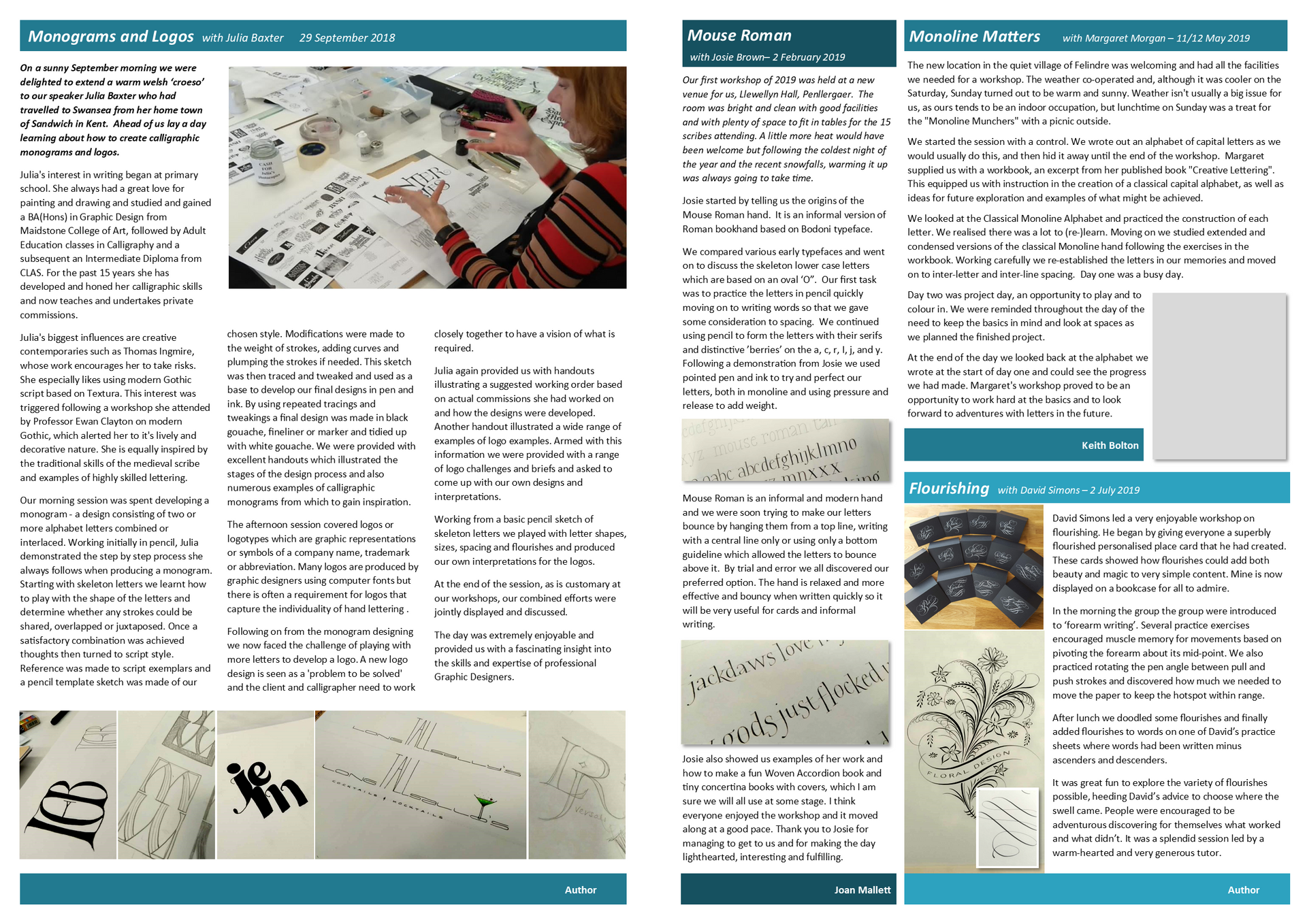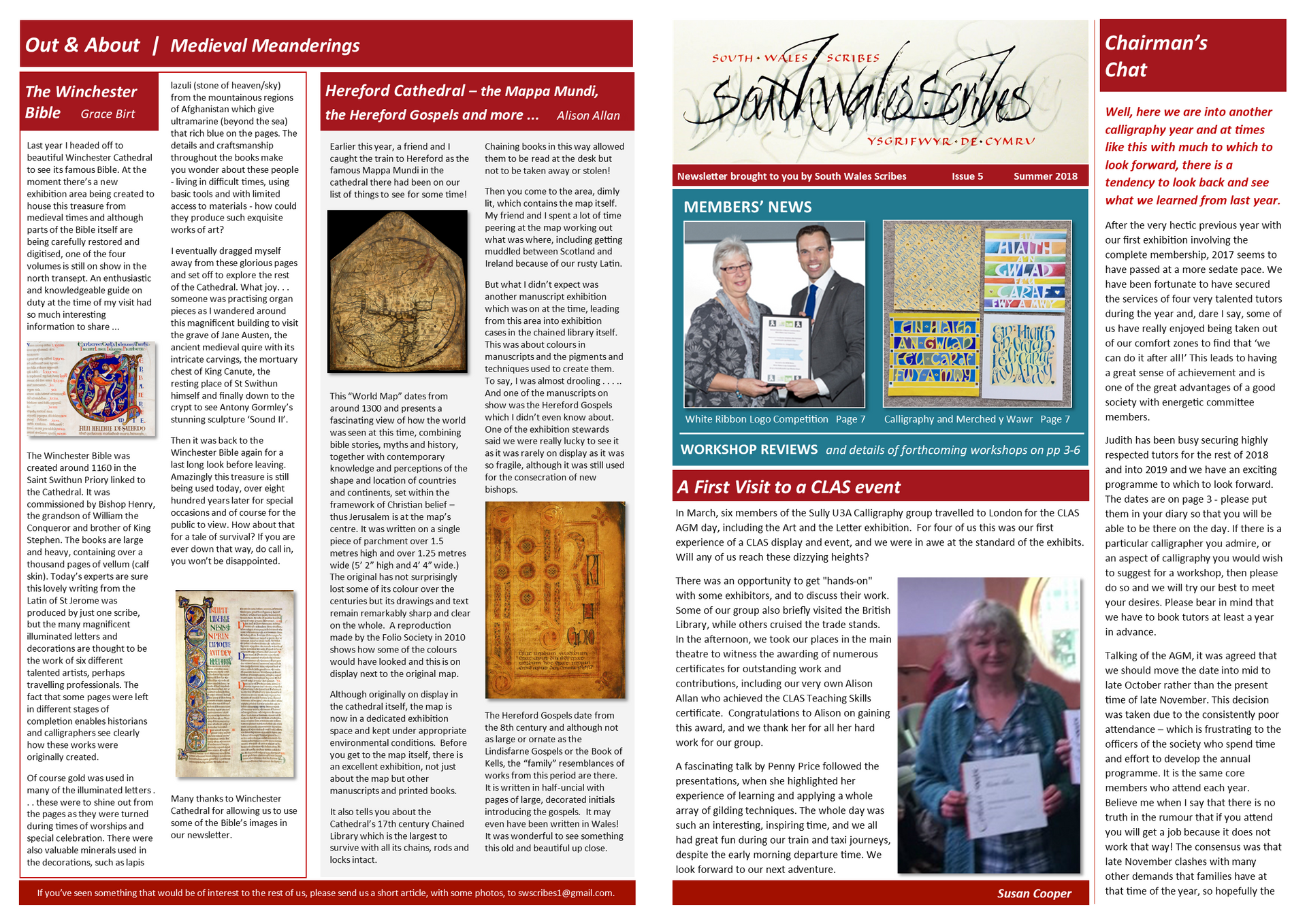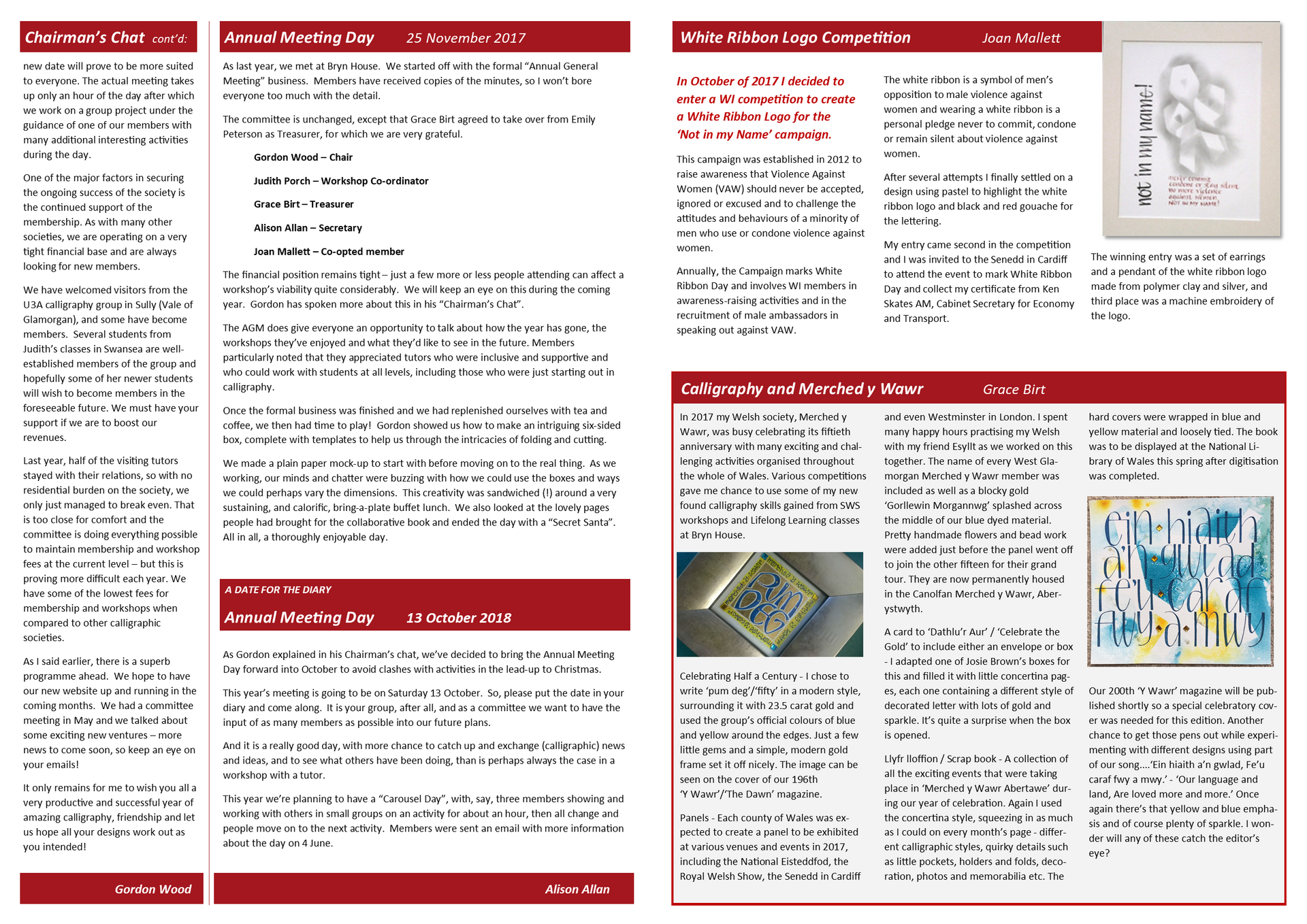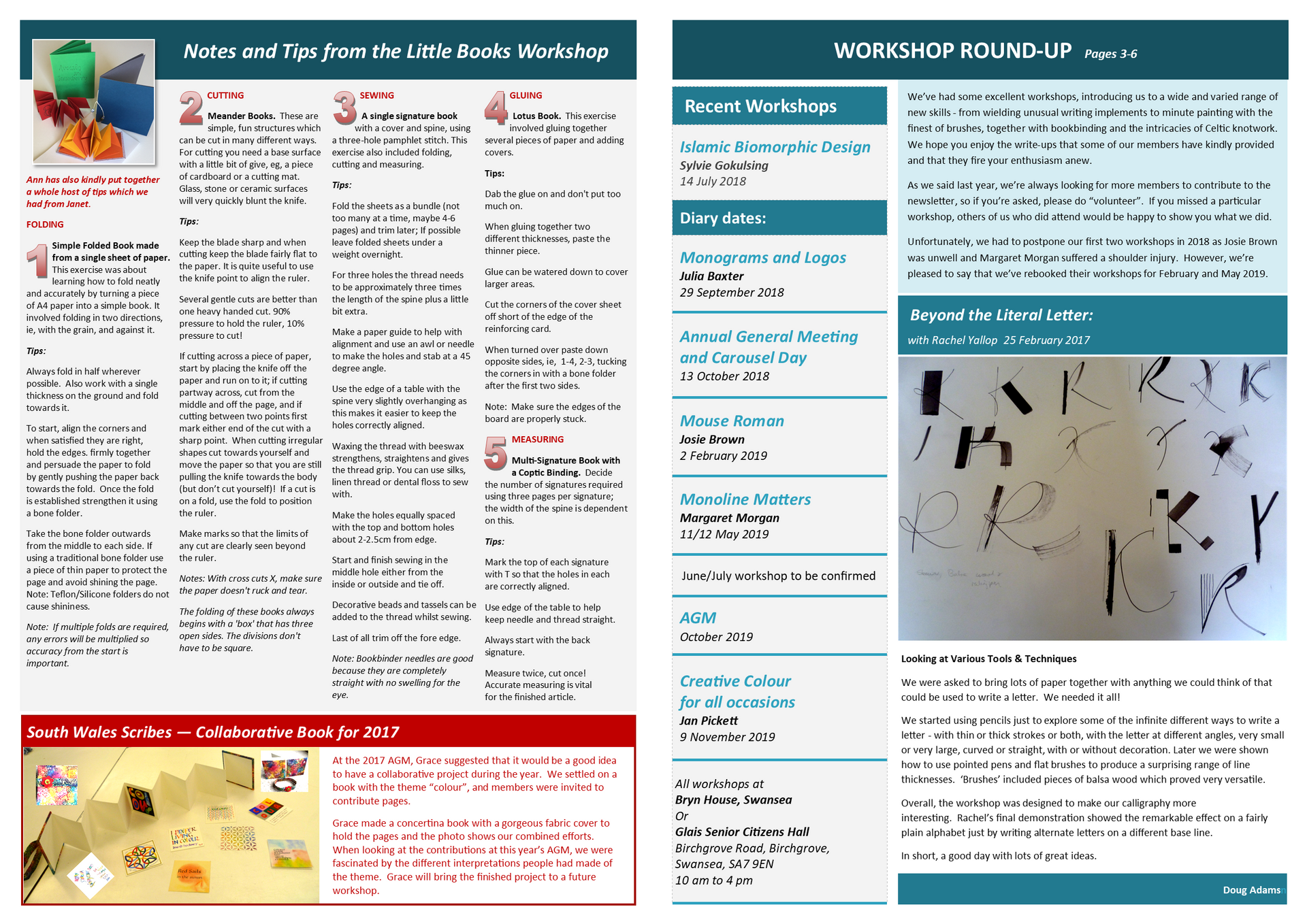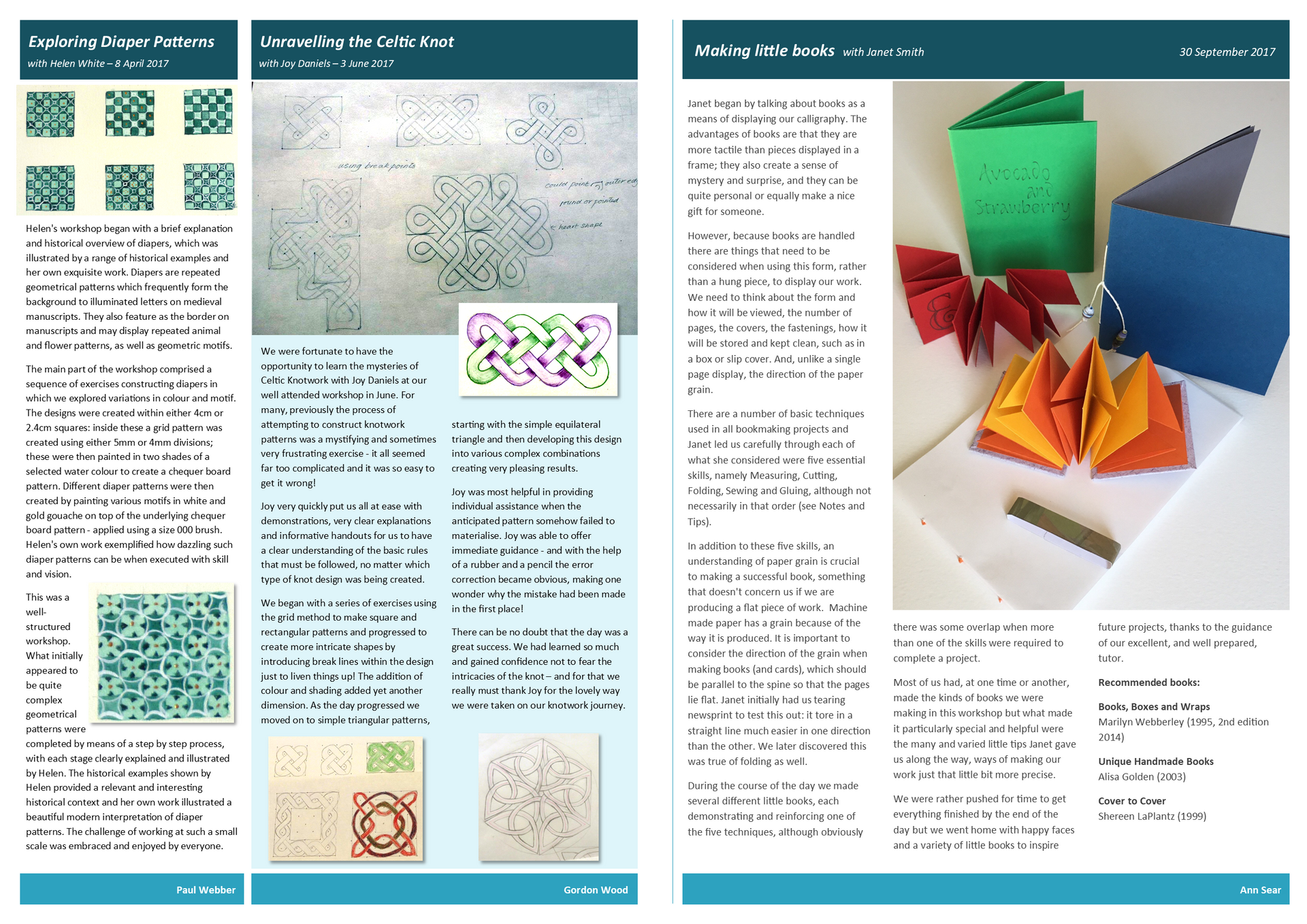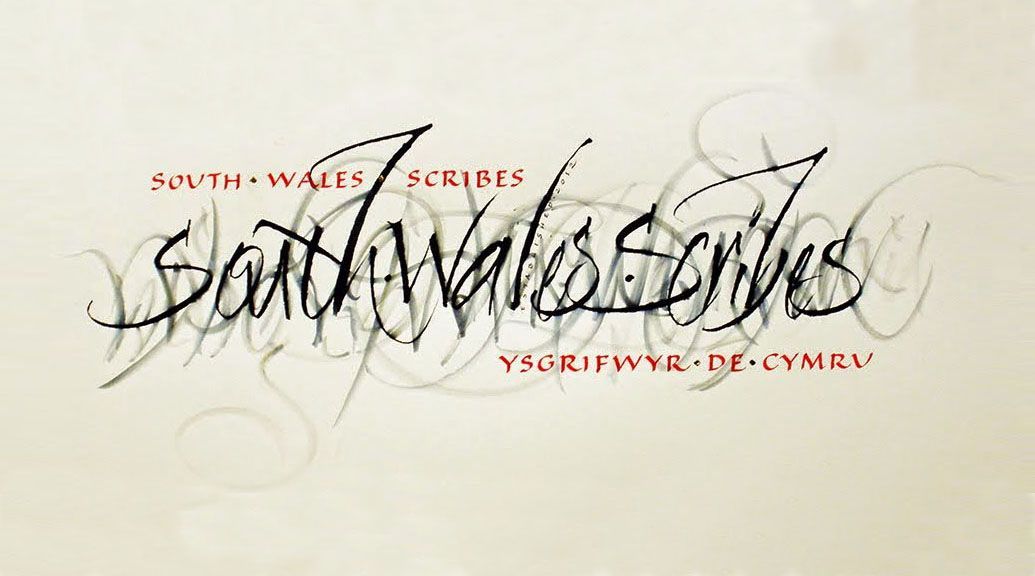Welcome
South Wales Scribes is a regional group for people interested in calligraphy and lettering arts.
We welcome members from across South Wales, from professionals to enthusiastic amateurs and those just starting out in calligraphy. Our aim is to ensure that everyone develops their calligraphy skills and that they have great fun doing so. Consequently we enjoy working together and supporting each other as we learn.
We usually meet in and around Swansea approximately five or six times a year: four workshops with external tutors well known in the calligraphy world and two meetings led by members where we work together, including our annual general meeting.
Membership is currently £15 per year. Workshop costs can vary but are around £35 for the day. For more information, please contact the secretary@southwalesscribes.co.uk / swscribes1@gmail.com.
South Wales Scribes is a non-profit making organisation and is affiliated to the Calligraphy and Lettering Arts Society. www.clas.co.uk
Croeso
Grŵp rhanbarthol yw Ysgrifwyr De Cymru ar gyfer pobl sydd â diddordeb mewn caligraffeg a’r celfyddydau llythrennu.
Croesawn aelodau ar o draws De Cymru gan gynnwys caligraffwyr proffesiynol ac amaturiaid brwdfrydig a’r rhai sydd newydd ddechrau gwneud caligraffeg. Anelwn at sicrhau bod pawb yn datblygu eu caligraffeg ac yn cael hwyl wrth ei wneud. Felly, mwynhawn weithio gyda’n gilydd a chefnogi ein gilydd fel rydyn ni’n dysgu.
Rydyn ni’n cwrdd yng Nghanolfan Cymunedol Glais yn Abertawe. Fel arfer, rydyn ni’n cael pump neu chwe chyfarfod y flwyddyn, pedwar gweithdy gyda thiwtoriaid allanol sy’n adnabyddus yn y byd caligraffig a dau gyfarfod a arweinir gan aelodau lle rydyn ni’n gweithio gyda’n gilydd, gan gynnwys ein cyfarfod blynyddol cyffredinol.
Ar hyn o bryd y pris aelodaeth yw £15 y flwyddyn. Gall costau gweithdai amrywio ond maent yn tueddu i fod tua £35 am y diwrnod. Am wybodaeth bellach, cysylltwch â swscribes1@gmail.com.
Nid ydy Ysgrifwyr De Cymru’n gwneud elw ac mae’n gysylltiedig â’r Calligraphy and Lettering Arts Society www.clas.co.uk
Bouncy Foundational workshop
18 10 | 2025
with Mary Noble
We are very fortunate to be welcoming Mary Noble back for a workshop exploring possibilities with Foundational hand.
Foundational Hand is known for its formality and legibility and has a respectable pedigree. Here, we’ll check through what we know then give it a livelier look in a step-by-step process, always respectful of its parentage but itching to become independent and playful!
Beginners are welcome to stay with the basic version and just take on board the future possibilities.
NEWS
Heritage Craft Bursary News
We are delighted to let you know that Lesley, a long-standing member and committee member of South Wales Scribes has been awarded the Heritage Crafts Association and Society of Scribes and Illuminators (SSI) Training Bursary.
Lesley went through a short-listing and interview process to achieve the bursary and has been described by the two societies as “showing huge potential” and “an outstanding candidate”.
The bursary, funded by the SSI but awarded by the Heritage Craft Association, will pay for a year’s tuition with three Fellows of the SSI, helping Lesley as she develops her career and furthers her training in both calligraphy and illumination . This is a wonderful opportunity.
Heritage Crafts is the national charity for traditional heritage crafts. Working in partnership with Government and key agencies, they provide a focus for craftspeople, groups, societies and guilds, as well as individuals who care about the loss of traditional crafts skills, and work towards a healthy and sustainable framework for the future. For further info visit https://www.heritagecrafts.org.uk
The Society of Scribes and Illuminators is the oldest Calligraphy Society in the world, founded over 100 years ago at the beginning of the modern revival of edged pen writing. Over the century calligraphy has flourished in dynamic and varied ways: formal documents and public lettering, print and digital applications, personal and unique artworks. www.calligraphyonline.org
Workshop Programme 2025
Forthcoming workshops:
22 Nov
AGM/Member-led Workshop
Including the first 'Gordon Wood Award' Christmas Card Competition & AGM
22 Nov
AGM/Member-led Workshop
Including the first 'Gordon Wood Award' Christmas Card Competition & AGM
18
Apr'26
Tessie Cooling
Workshop Theme
tbc
27
Apr'26
Janet Smith
Workshop Theme
tbc
Group Projects
Periodically we like to involve all members of South Wales Scribes in a combined group project or submit contributions on a theme.
It is always interesting to see the variety of contributions from individual members in response to the same brief and specification.
Exhibitions
Transformation : Trawsnewid
February 2016 | Swansea Museum
Tenth Anniversary Exhibition
The Written Word : Y Gair Ysgrifenedig
August - November 2022 | Swansea Museum
Gallery
Archive
CARDIFF CASTLE Broadsheet by Judith Porch FSSI
Spring has sprung - finally!
It has been a long time making up its mind, but it looks like Spring has finally arrived. Enjoy the longer days, sunshine, fresh breezes, rain and rainbows. The spring bulbs and new growth bring a brighter colour palette of yellows, oranges, pinks, purples and bright, light greens. Better late than never - here is a little tribute to Spring from South Wales Scribes.
2019 NEWSLETTER
2018 NEWSLETTER
CONTACT US:
Secretary | ALISON ALLAN swscribes1@gmail.com
Chair | GORDON WOOD resigned
Acting Chair | LESLEY ROMANO
Treasurer | GRACE BIRT
Workshop Coordinator | JUDITH PORCH FSSI FCLAS
Website & Newsletter | LESLEY ROMANO
